

The last 10 years have seen a huge increase in research into stem cells, but when did it all begin? 1956 First successful bone marrow transplant between a related donor and recipient is performed ...
READ MORE

In vitro fertilisation has helped many overcome difficulties with having children. However, it raises a number of ethical issues, one of which is the ability to select for particular traits or ...
READ MORE

In 2002 and 2003, research conducted by Lincoln University's Agribusiness and Economics Research Unit (AERU) with focus groups found out what New Zealanders think about using throat lozenges that ...
READ MORE

In this activity, students explore a variety of recent biotechnologies and consider their impact on society. The activity can be adapted to suit student level and interest. The slide show ...
READ MORE
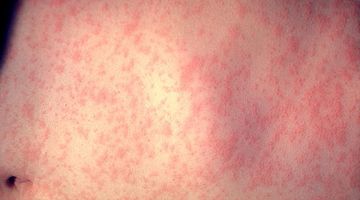
In this activity, students explore ethical issues related to fighting infection. Students learn about the science involved and the associated ethical dilemmas. They have opportunities to discuss ...
READ MORE

Xenotransplantation is when cells, tissues or organs are taken from one species and put into another to help treat disease. Purpose To review understanding of Xenotransplantation. Read articles ...
READ MORE
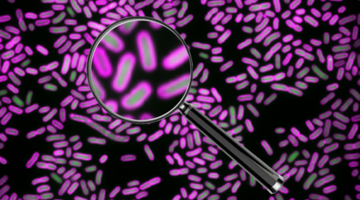
Help this global project to develop a faster test for antibiotic resistance by looking inside bacteria that have been treated with antibiotics. This will improve healthcare for patients with ...
READ MORE
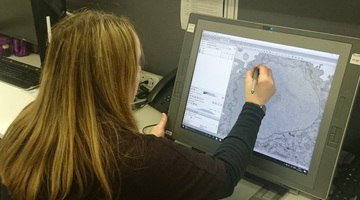
In this online citizen science (OCS) project, participants analyse electron microscope images taken of a range of biological samples, helping scientists better understand cancer, infectious ...
READ MORE
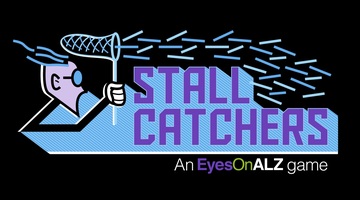
Alzheimer’s disease is an irreversible, progressive brain disorder that slowly destroys memory and thinking skills and eventually even the ability to carry out the simplest tasks. In this online ...
READ MORE

Transfer, in the context of learning, is “the ability to extend what one has learned in one context to new contexts” (Darling-Hammond & Austin, 2003, p. 190). Opportunities to try out new ...
READ MORE

Students carry out a practical investigation to help AgResearch scientists monitor the spread of Microctonus aethiopoides (a tiny wasp) and its success as a biocontrol agent for clover root ...
READ MORE
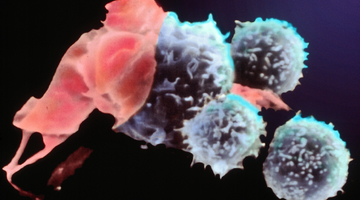
Our bodies have a defence system against pathogens that make us sick. This defence system is made up of cells, tissues and organs that work together to protect us. It is known as the immune ...
READ MORE
Dr Richard Tilley of Victoria University of Wellington describes what silicon quantum dots are and outlines some applications.
READ MORE
Quantum dots are being developed to find and treat cancer cells. Dr Richard Tilley describes his research for The MacDiarmid Institute and the advantages over current methods.
READ MORE
Dr Richard Tilley of Victoria University of Wellington uses the different types of scientists involved in quantum dot research as an example of what nanotechnology is about.
READ MORE

Answer the questions in this quiz to find out how much you know about biotechnology.
READ MORE

Slideshow of images displaying various examples of different technologies. Use the Slideshow menu for further options, including view full screen, and go here for the download option.
READ MORE
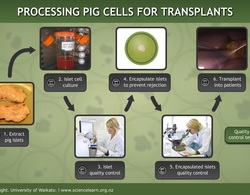
An overview of the process used to make a pig cell transplant treatment for type 1 diabetes.
READ MORE